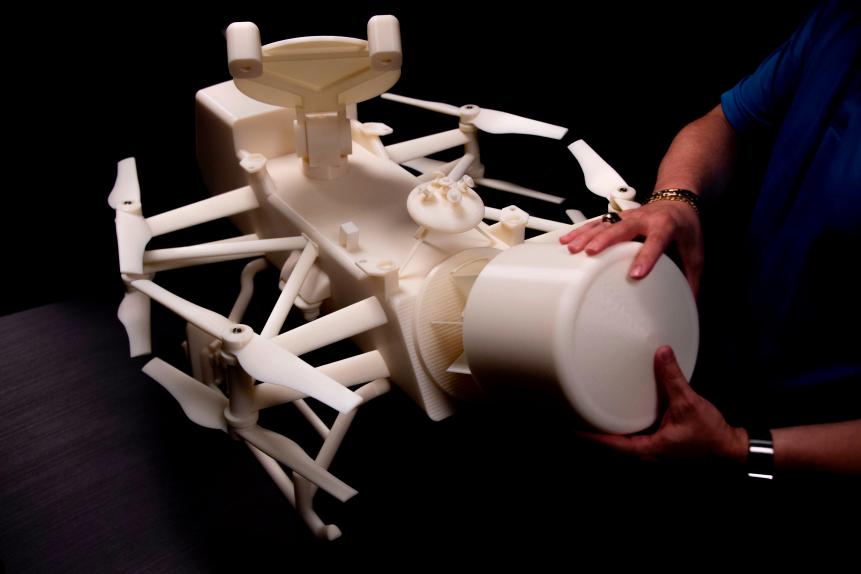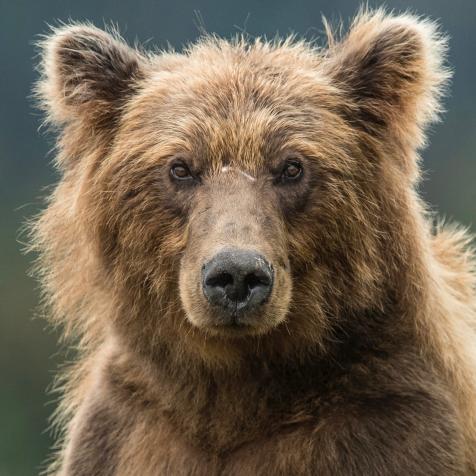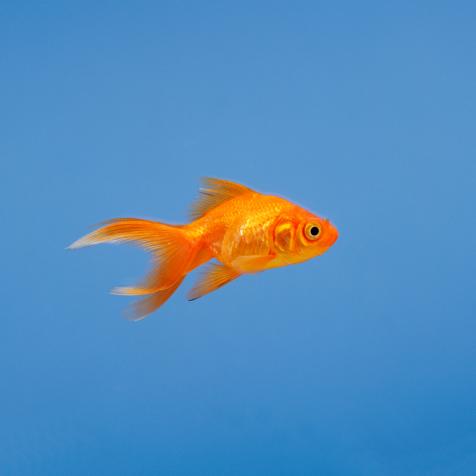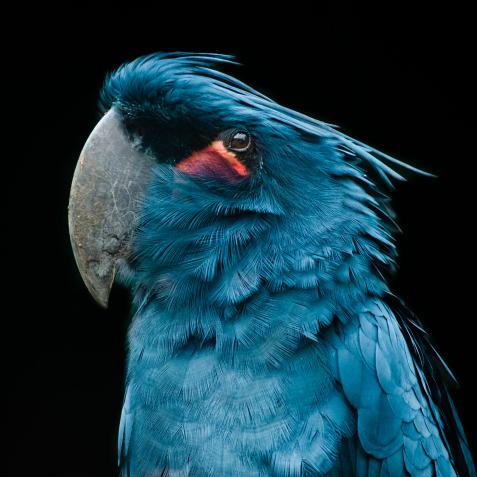
Ernst Himmelsbach
A Dragonfly's Highly Evolved Flying Technique is Perfect for Drones
Dragonflies are nature’s most agile insect fliers and likely the most accomplished anywhere on Earth. Their ability to move in any direction at high speed or hover in one spot makes them the perfect model for robotic flight.
Now researchers are engineering future drones to copy the dragonfly’s aerobatic skill.
Aeronautics specialists from the University of South Australia spent months studying the insect’s flight, creating 3D models and prototypes from digital images, to build a winged drone. Study leader Javaan Chahal believes that flapping wing drones based on the dragonfly’s shape and movement will simply be more maneuverable and energy efficient.
“They can turn quickly at high speeds and take off while carrying more than three times their own body weight,” says Chahal. “They are also one of nature's most effective predators, targeting, chasing, and capturing their prey with a 95 percent success rate.”
Dragonflies evolved their highly developed flying abilities and survival instincts over millions of years. Once male dragonflies emerge from their underwater larval stage, they spend most of their adult life–up to six months–in aerial combat against rivals, hunting, and avoiding predators.
Chahal’s team used a special photography technique to classify the wing geometry of 75 different dragonfly species from museum collections. Long, light, and rigid, the wings have a high lift-to-drag ratio and exceptional aerodynamic qualities. Plus, their long bodies give them excellent stability and balance.

PhotoAlto/Odilon Dimier
Extreme close up of dragonfly wing geometry.
Dragonfly-imitating drones could be ideal for collecting and delivering awkward loads, say the researchers, undertaking long surveillance missions and exploring fragile natural environments with ease.
Investigating the way that dragonflies remain stable during flight also reveals the techniques they use to get themselves out of tricky situations. Imperial College London coupled high-speed cameras with tiny magnets and motion tracking dots showing dragonflies performing upside-down backflips to regain balance and normal flight, when they find themselves upside down mid-air.
This skill can even be performed while dragonflies are unconscious, meaning it is a passive stability mechanism similar in concept to planes that are designed to glide to safety with their engines turned off. Engineers are looking to copy the shape and joint stiffness of dragonfly wings to create safer drones that can right themselves.
Of course, not all attempts to build dragonfly-like drones are successful. TechJet’s crowdfunded ornithopter was supposed to operate as an aerial camera, surveillance and security drone, but it failed before production got underway.
A similar scheme at Oxford University spin-out Animal Dynamics–called the Skeeter micro-drone–is currently being funded to develop a commercial product. Both projects owe a debt to the CIA’s ‘Insectothopter’ – a dragonfly spy drone built in the 1970s that was eventually abandoned.

JIM WATSON
Ken Hibbard, NASA Mission Systems Engineer, shows the one-quarter-scale 3D-printed model of the quadcopter drone named Dragonfly that will land on Titan in 2034.
Yet the principles behind dragonfly drones are solid. In fact, NASA has settled on a nuclear-powered autonomous craft called Dragonfly to probe the surface of Saturn’s moon Titan in 2034. NASA’s project is actually a quadcopter, rather than a winged drone, but engineers are still convinced they can crack the code of nature’s most gifted flying insect and revolutionize unmanned flight along the way.


















